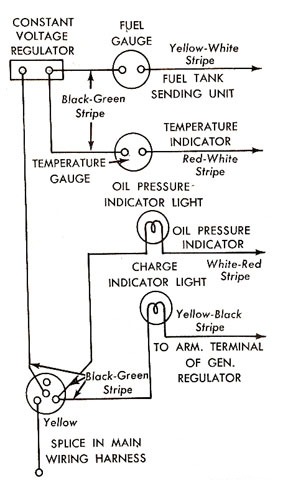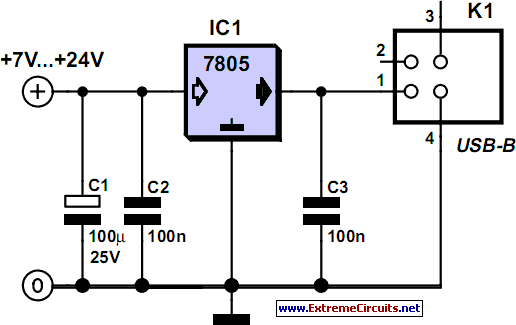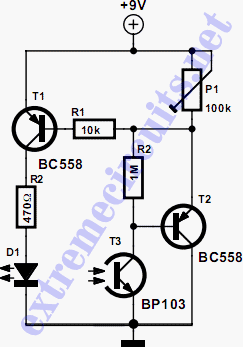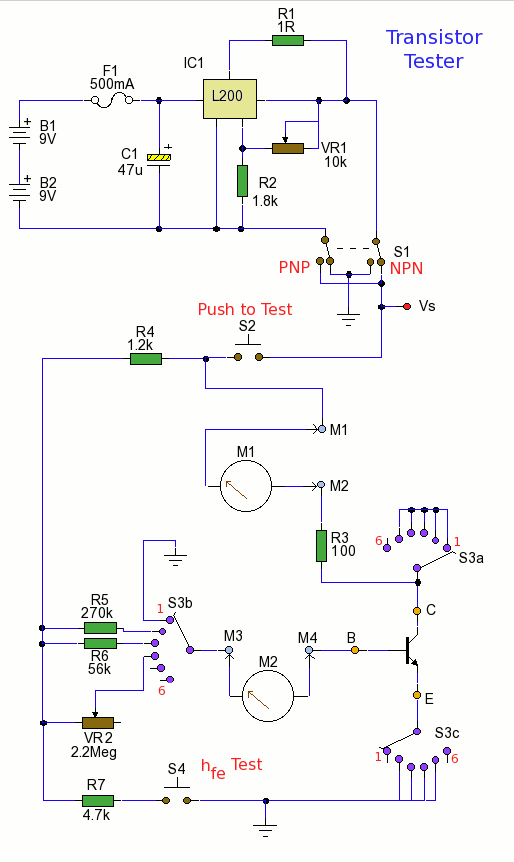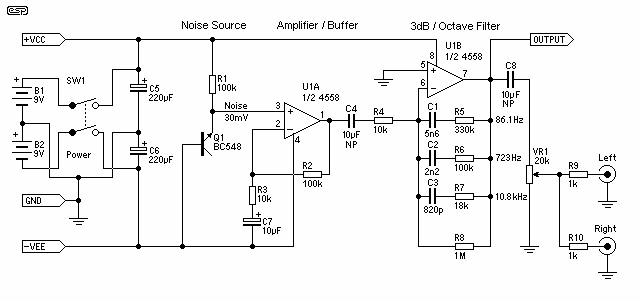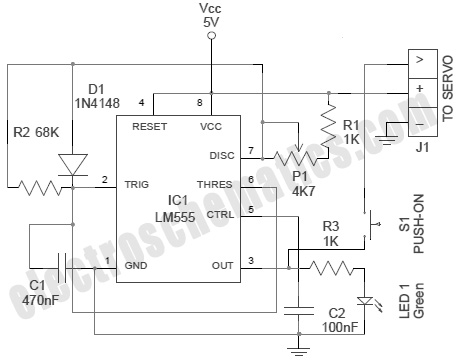
Test Instruments and Measuring Devices
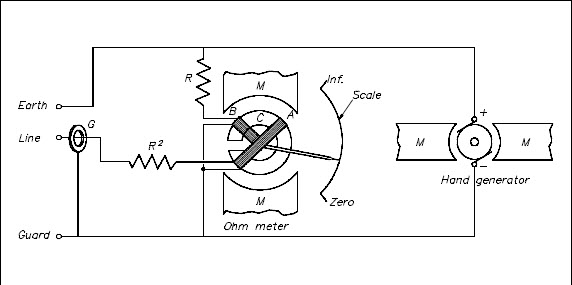
The ammeter measures electric current and can be calibrated in amperes, milliamperes, or microamperes. To measure current, the ammeter must be placed in series with the circuit being tested. When an ammeter is placed in series, it increases the resistance of the circuit by an amount equal to the internal resistance of the meter (Rm). The accuracy of the ammeter (KA) is defined as the ratio of the current when the meter is in the circuit (Iw) to the current when the meter is not in the circuit (Io). The percent loading error represents the error due to loading effects from the added resistance of the meter. Calibration error occurs due to inaccurately marked meter faces, typically around 3 percent of the full-scale current. For example, an ammeter with a 10 mA full-scale deflection and an internal resistance of 400 ohms is placed in a circuit with a 20 V power source and a 2 K ohm resistor. An ammeter can be shunted with a resistor (RSH) to measure currents exceeding its full-scale value (Im). The input resistance of a shunted ammeter is related to both the meter and shunt resistance. The circuit breaker is designed to interrupt the circuit and stop current flow when it exceeds a predetermined value, protecting the circuit and the breaker itself. Unlike fuses, circuit breakers can be reset after tripping. Air circuit breakers (ACBs) interrupt current in an air environment, while oil circuit breakers (OCBs) use oil to extinguish arcs. Low-voltage circuit breakers are suitable for circuits rated at 600 volts or lower, with molded case circuit breakers being a common type. Circuit breakers can be manually operated to connect or disconnect the circuit and are designed to provide quick make and break contact action. They cannot be held closed during short circuits or overloads, and if tripped, the handle moves to a trip-free position until reset. Automatic tripping in lower current ratings is typically achieved through thermal tripping devices, which consist of a calibrated bimetallic element that deflects under abnormally high currents, triggering the circuit interruption.
The ammeter is a crucial instrument for measuring electric current in various electrical circuits. It is essential that the ammeter is connected in series to ensure accurate readings, as this configuration allows the current to flow through the meter itself. The internal resistance of the ammeter (Rm) adds to the total resistance of the circuit, which can affect the current measurement.
Mathematically, the accuracy of the ammeter can be expressed as KA = Iw / Io, where Iw is the current measured with the ammeter in the circuit and Io is the current without the meter. This ratio highlights the importance of minimizing the internal resistance of the ammeter to reduce loading errors. The percent loading error can be calculated using the formula for loading effects, which emphasizes the significance of the ammeter's internal resistance in high-current applications.
In practical applications, shunting an ammeter allows for the measurement of currents that exceed its rated capacity. By connecting a shunt resistor (RSH) in parallel with the ammeter, the effective range of current measurement can be extended. The relationship between the input resistance of the shunted ammeter and the resistances of the meter and shunt can be described through appropriate equations that take into account the parallel configuration.
Circuit breakers serve as protective devices in electrical systems, automatically interrupting the flow of current when it exceeds a specified limit. They are designed to prevent damage to circuits and equipment by tripping under fault conditions. Unlike fuses, which require replacement after operation, circuit breakers can be reset, making them more convenient for users.
Air circuit breakers (ACBs) and oil circuit breakers (OCBs) are two common types of circuit breakers. ACBs operate in an air environment, allowing for effective arc quenching, while OCBs utilize oil for the same purpose. Low-voltage circuit breakers, such as molded case circuit breakers, are widely used in residential and commercial applications, rated for voltages of 600 volts or lower.
The operation of a circuit breaker involves a mechanical linkage that ensures quick make and break action, enhancing safety and reliability. The trip-free design prevents the breaker from being held closed during overload or short circuit conditions, allowing for automatic tripping and ensuring the safety of the electrical system. Thermal tripping devices, which use bimetallic elements, are commonly employed in lower current ratings to detect excessive currents and initiate the tripping mechanism. This feature is critical for protecting both the circuit and connected devices from damage due to overcurrent conditions.The ammeter measures electric current. It may be calibrated in amperes, milliamperes, or microamperes. In order to measure current, the ammeter must be placed in series with the circuit to be tested (Figure 1). When an ammeter is placed in series with a circuit, it will increase the resistance of that circuit by an amount equal to the internal resistance of the meter Rm.
Equation (14-3) is the mathematical representation of the current without the meter installed. The accuracy of the ammeter KA is the ratio of the current when the meter is in the circuit, Iw, to the current with the meter out of the circuit, Io. Equation (14-5) is the mathematical representation for solving for the accuracy of the ammeter (KA). The percent loading error is that percent of error due to loading effects that result from the added resistance of the meter.
Equation (14-7) is a mathematical representation of the percent loading error. A second error which occurs in an ammeter is calibration error. Calibration error is an error that occurs due to inaccurately marked meter faces. Typical values of calibration error in terms of full scale current are about 3 percent. Example: An ammeter, with a 10 mA full scale deflection and an internal resistance of 400 ©, is placed in a circuit with a 20 V power source and a 2 K © resistor (Figure 2). An ammeter with a full scale Im can be shunted with a resistor RSH in order to measure currents in excess of Im.
The reason for shunting an ammeter is to extend the range of the ammeter and, thereby, measure currents higher than the original full scale value. Therefore, the input resistance of a shunted ammeter is related to the meter and shunt resistance. Equation (14-8) is a mathematical representation of this relationship. The purpose of a circuit breaker is to break the circuit and stop the current flow when the current exceeds a predetermined value without causing damage to the circuit or the circuit breaker.
Circuit breakers are commonly used in place of fuses and sometimes eliminate the need for a switch. A circuit breaker differs from a fuse in that it "trips" to break the circuit and may be reset, while a fuse melts and must be replaced. Air circuit breakers (ACBs) are breakers where the interruption of the breaker contacts takes place in an air environment.
Oil circuit breakers (OCBs) use oil to quench the arc when the breaker contacts open. A low-voltage circuit breaker is one which is suited for circuits rated at 600 volts or lower. One of the most commonly used low-voltage air circuit breakers is the molded case circuit breaker (Figure 3). A circuit can be connected or disconnected using a circuit breaker by manually moving the operating handle to the ON or OFF position.
All breakers, with the exception of very small ones, have a linkage between the operating handle and contacts that allows a quick make (quick break contact action) regardless of how fast the operating handle is moved. The handle is also designed so that it cannot be held shut on a short circuit or overload condition. If the circuit breaker opens under one of these conditions, the handle will go to the trip-free position.
The trip-free position is midway between the ON and OFF positions and cannot be re-shut until the handle is pushed to the OFF position and reset. A circuit breaker will automatically trip when the current through it exceeds a pre-determined value.
In lower current ratings, automatic tripping of the circuit breaker is accomplished by use of thermal tripping devices. Thermal trip elements consist of a bimetallic element that can be calibrated so that the heat from normal current through it does not cause it to deflect.
An abnormally high current, which could be caused by a short circuit or overload condition, will cause the element to deflect and trip the linkage that holds t 🔗 External reference
The ammeter is a crucial instrument for measuring electric current in various electrical circuits. It is essential that the ammeter is connected in series to ensure accurate readings, as this configuration allows the current to flow through the meter itself. The internal resistance of the ammeter (Rm) adds to the total resistance of the circuit, which can affect the current measurement.
Mathematically, the accuracy of the ammeter can be expressed as KA = Iw / Io, where Iw is the current measured with the ammeter in the circuit and Io is the current without the meter. This ratio highlights the importance of minimizing the internal resistance of the ammeter to reduce loading errors. The percent loading error can be calculated using the formula for loading effects, which emphasizes the significance of the ammeter's internal resistance in high-current applications.
In practical applications, shunting an ammeter allows for the measurement of currents that exceed its rated capacity. By connecting a shunt resistor (RSH) in parallel with the ammeter, the effective range of current measurement can be extended. The relationship between the input resistance of the shunted ammeter and the resistances of the meter and shunt can be described through appropriate equations that take into account the parallel configuration.
Circuit breakers serve as protective devices in electrical systems, automatically interrupting the flow of current when it exceeds a specified limit. They are designed to prevent damage to circuits and equipment by tripping under fault conditions. Unlike fuses, which require replacement after operation, circuit breakers can be reset, making them more convenient for users.
Air circuit breakers (ACBs) and oil circuit breakers (OCBs) are two common types of circuit breakers. ACBs operate in an air environment, allowing for effective arc quenching, while OCBs utilize oil for the same purpose. Low-voltage circuit breakers, such as molded case circuit breakers, are widely used in residential and commercial applications, rated for voltages of 600 volts or lower.
The operation of a circuit breaker involves a mechanical linkage that ensures quick make and break action, enhancing safety and reliability. The trip-free design prevents the breaker from being held closed during overload or short circuit conditions, allowing for automatic tripping and ensuring the safety of the electrical system. Thermal tripping devices, which use bimetallic elements, are commonly employed in lower current ratings to detect excessive currents and initiate the tripping mechanism. This feature is critical for protecting both the circuit and connected devices from damage due to overcurrent conditions.The ammeter measures electric current. It may be calibrated in amperes, milliamperes, or microamperes. In order to measure current, the ammeter must be placed in series with the circuit to be tested (Figure 1). When an ammeter is placed in series with a circuit, it will increase the resistance of that circuit by an amount equal to the internal resistance of the meter Rm.
Equation (14-3) is the mathematical representation of the current without the meter installed. The accuracy of the ammeter KA is the ratio of the current when the meter is in the circuit, Iw, to the current with the meter out of the circuit, Io. Equation (14-5) is the mathematical representation for solving for the accuracy of the ammeter (KA). The percent loading error is that percent of error due to loading effects that result from the added resistance of the meter.
Equation (14-7) is a mathematical representation of the percent loading error. A second error which occurs in an ammeter is calibration error. Calibration error is an error that occurs due to inaccurately marked meter faces. Typical values of calibration error in terms of full scale current are about 3 percent. Example: An ammeter, with a 10 mA full scale deflection and an internal resistance of 400 ©, is placed in a circuit with a 20 V power source and a 2 K © resistor (Figure 2). An ammeter with a full scale Im can be shunted with a resistor RSH in order to measure currents in excess of Im.
The reason for shunting an ammeter is to extend the range of the ammeter and, thereby, measure currents higher than the original full scale value. Therefore, the input resistance of a shunted ammeter is related to the meter and shunt resistance. Equation (14-8) is a mathematical representation of this relationship. The purpose of a circuit breaker is to break the circuit and stop the current flow when the current exceeds a predetermined value without causing damage to the circuit or the circuit breaker.
Circuit breakers are commonly used in place of fuses and sometimes eliminate the need for a switch. A circuit breaker differs from a fuse in that it "trips" to break the circuit and may be reset, while a fuse melts and must be replaced. Air circuit breakers (ACBs) are breakers where the interruption of the breaker contacts takes place in an air environment.
Oil circuit breakers (OCBs) use oil to quench the arc when the breaker contacts open. A low-voltage circuit breaker is one which is suited for circuits rated at 600 volts or lower. One of the most commonly used low-voltage air circuit breakers is the molded case circuit breaker (Figure 3). A circuit can be connected or disconnected using a circuit breaker by manually moving the operating handle to the ON or OFF position.
All breakers, with the exception of very small ones, have a linkage between the operating handle and contacts that allows a quick make (quick break contact action) regardless of how fast the operating handle is moved. The handle is also designed so that it cannot be held shut on a short circuit or overload condition. If the circuit breaker opens under one of these conditions, the handle will go to the trip-free position.
The trip-free position is midway between the ON and OFF positions and cannot be re-shut until the handle is pushed to the OFF position and reset. A circuit breaker will automatically trip when the current through it exceeds a pre-determined value.
In lower current ratings, automatic tripping of the circuit breaker is accomplished by use of thermal tripping devices. Thermal trip elements consist of a bimetallic element that can be calibrated so that the heat from normal current through it does not cause it to deflect.
An abnormally high current, which could be caused by a short circuit or overload condition, will cause the element to deflect and trip the linkage that holds t 🔗 External reference
Warning: include(partials/cookie-banner.php): Failed to open stream: Permission denied in /var/www/html/nextgr/view-circuit.php on line 713
Warning: include(): Failed opening 'partials/cookie-banner.php' for inclusion (include_path='.:/usr/share/php') in /var/www/html/nextgr/view-circuit.php on line 713
